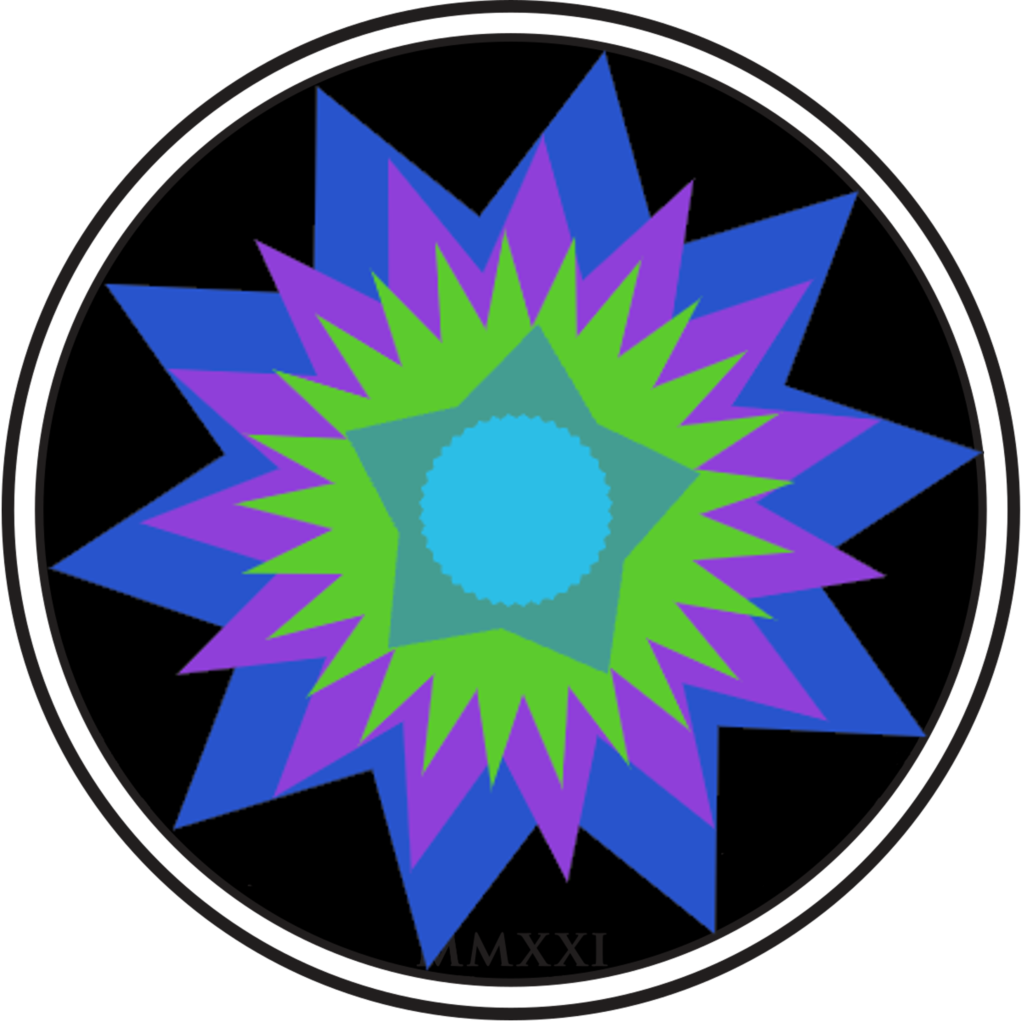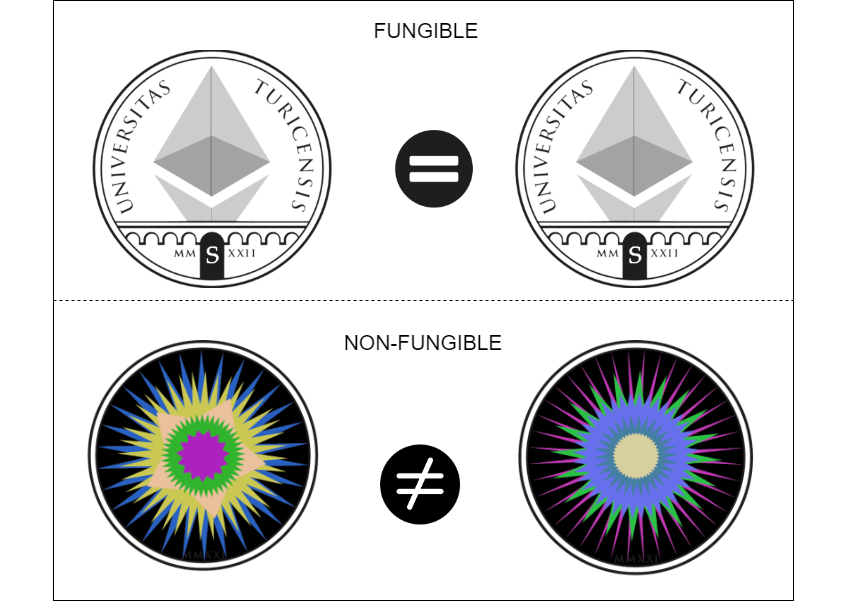A lot has happened since 14 years ago, a paper entitled “Bitcoin: A Peer-to-Peer
Electronic Cash System” was posted online by the internet persona Satoshi
Nakamoto. Since then, cryptocurrencies, blockchains, tokens, Non-Fungible Tokens
(NFTs) have come into people’s view. But in spite of the public presence, very few
actually understand what blockchains are, how they work, and what can be done
with them.
This UZH Season’s Greetings ’22 experiment (humbly) tries to bring blockchains
closer to the UZH community, leveraging the broad expertise we have in our
University in this space.
This experiment has two phases: one in which you will connect to a
UZH-blockchain, and contribute to our collective effort to create personalized
visualizations. By mid-December, those who contributed will receive unique NFTs in property that will become our electronic Season’s Greetings cards.
In the process, we hope you will understand better what blockchains are for, what
you own when you own an NFT, and what the user experience is. We will also
provide you with opportunities to explore more if interested.
Let us take a look!

Some Technical Background
What are blockchains for?
Blockchains are systems that allow their users to agree on what information is correct and the order in which said information has been added. The minimum piece of information is called a transaction. Transactions get verified and bundled into a block by a user (a validator) who devotes resources for this purpose. Each block has a reference to the previous one, chaining them and naturally creating an order. Blocks are transmitted between computers connected to the network, with the aim that they are replicated in all computers. This redundancy increases the security of the network, and when all nodes have received the same blocks it is said that the system is in consensus.
But, why do validators verify transactions? Because they are rewarded to do so. They are paid in cryptocurrency, which is a native digital asset of a blockchain, and the main reason for its existence. Any user can be a validator, and – interestingly – trust appears where there are many, diverse
validators. For trust to emerge, there is no need for central authorities or strong notions of identity. Actually, identities are created through cryptographic functions and managed through blockchain wallets. Identity is necessary to produce transactions.
How are identities managed?

Identities are managed by wallets: In our case, it is a piece of software that allows users to create and manage the user’s identification; they allow users to obtain, store, transfer and manage assets hosted in a blockchain, such as cryptocurrencies or tokens.
There are multiple wallets with different features and designs. Most of the tutorial provided here is based on MetaMask (which works for Ethereum-compatible blockchains), but the approach is generic. MetaMask’s setup is straightforward and only requires a browser extension.
Identity has two components: A private key and a public one. The former must be kept secret and never shared (it is akin to sharing your password). The latter is always public and allows any third party to verify your actions (or to send assets to you!)
Tokens or cryptocurrencies
In broad terms, cryptocurrencies and tokens can be called digital assets as they are created, traded, and stored digitally. The balance owned by each identity is stored in the blockchain, and through the wallet, users can transfer these assets to others. However, there are differences between them; A cryptocurrency is the native asset of a blockchain like BTC in Bitcoin, or ETH in Ethereum, while a token is built on an existing blockchain and (in general) produced by smart contracts. A blockchain must have one cryptocurrency (to reward validators), but it may have zero or millions of tokens (issued by the users).
Fungible tokens and non-fungible tokens

Fungible Tokens are divisible and non-unique. One fungible token of a kind has the same value as any other of the same type. NFTs are unique cryptographic tokens that exist on a blockchain and cannot be replicated. They have unique identification codes and metadata that distinguish them from each other. In art, it is common that the NFT contains information that uniquely identifies a file (an image, video, etc.). In this case, you can make copies of the file, but the NFT ownership is unrelated to the physical copies of the material.
You will be able to experiment with this notion after you receive your NFTs!
A Season’s Greetings Experiment

In this experiment, you will use UZHETHPoS, a blockchain network deployed by the Blockchain & Distributed Ledger Technologies group at the Informatics Department. This is a blockchain that uses the same protocol as Ethereum (among the most popular and developed blockchains), using Proof-of-Stake consensus (which is very energy-efficient). The protocol that runs this blockchain is by no means different from the real-world
“Ethereum”, is simply that fewer nodes are running it, and has a different history. We call it a parallel chain which we use in our courses, like other systems that we also use (Bitcoin, Cardano, IOTA, among others). We name the native token UZETHs. This blockchain is identical to Ethereum, but this does not mean that UZETHs has a market value (actually, it does not!), but it is a fantastic tool to present to our students the real-world
experience in using blockchains.
Why clone Ethereum?
Because it is a general-purpose programmable blockchain that enables deploying and building applications such as Decentralised Finance tools (DeFi), Decentralised Autonomous Organisations (DAOs) and to issue Non-Fungible Tokens (NFT). It is the blockchain with the largest development ecosystem, so for our students, it is an interesting use case.
But Blockchains are energy-hungry, aren’t they?
To establish trust in the network, validators follow a set of rules enforced by the consensus mechanism specific to that blockchain. Proof-of-Stake is based on an economic model that does not require computational power to be eligible to select a new block but to prove a large amount of
stake. In our case, we are merely using 4 cores of a multi-core CPU to run two consensus nodes. These servers are also doing additional tasks, so the additional energy use is negligible.
The Experiment – What happens in the background?
1st Step
1.1 After you install your MetaMask wallet and introduce the Passphrase, you are getting an identity in the UZH-ETH-PoS network.
1.2 You allow https://uzh-xmas-2022.ch/ to know your public key
1.3 At this point (in the background) something happens, the server automatically sends to your wallet two assets:
- 2.022 UZETHs (as a gift, you receive 2.022 UZETHs that are deposited in your wallet!)
- One burnable token (it is a token that will allow you to design your star!)
1.4 Now, you are offered the possibility to design the star, so this is an artsy step
1.5 After you are done, when you press “confirm” on the button, you are again presented with the wallet. Here you are writing into the blockchain (executing a transaction) the details of your star.
In this process, you burn the creation token you received, so you cannot use it twice to create more stars. For the moment, this is all, in December you will receive unique NFTs to share with others, … but this is the second part of this tale
2nd Step
You have received your NFTs, what do you do now with them? It is to be shown once the time comes.
